Stop Greasy Silicone Mats: The Professional Cleaning Method That Actually Works
Difficulty: Novice
Time: 15-30 minutes (plus soaking time)
Cost: Under $5
Why You'll Like This
That greasy film on your silicone mat isn't just surface dirt—it's chemistry at work. When silicone heats up in the oven, the molecules expand and absorb oils, creating a molecular bond that regular dish soap can't break. This is why your mat still feels slick even after scrubbing—you're fighting molecular absorption, not just surface grease. The professional techniques in this guide target these chemical bonds directly, restoring your mat's non-stick surface and extending its life through 2000+ uses instead of replacing it prematurely.
What You'll Need
Materials
- Grease-cutting dish soap (2-3 drops)
- Baking soda (1/4 cup or 60g for paste method)
- White vinegar (1/2 cup or 120ml for deep cleaning)
- Warm water
Tools
- Non-abrasive sponge or soft cloth
- Mixing bowl for soaking
- Silicone scraper or soft spatula
Safety First
- Never use abrasive cleaners like steel wool or harsh chemicals like bleach
- Check your mat's temperature rating before cleaning—limits vary from 446°F to 550°F (230°C to 288°C)
- Let mat cool completely before cleaning to prevent burns
- Work in a well-ventilated area when using the heat method
Steps
-
Remove loose debris immediately after use. Use a silicone scraper or soft spatula to clear away crumbs and food particles while the mat is still warm (but not hot). Working while warm prevents debris from hardening into the silicone's expanded pores.
-
Begin with the professional soak method. Fill your sink or basin with warm water and add a few drops of grease-cutting dish soap. Submerge the mat and let it soak for 10 to 15 minutes—this timing gives the soap molecules time to penetrate the expanded silicone pores and break down absorbed oils.
- Why this works: Soaking helps break down baked-on stains and grease by giving grease-cutting agents time to dissolve the molecular bonds formed during heating.
-
Scrub using proper technique for silicone. Use a non-abrasive sponge or soft cloth to scrub all surfaces, paying special attention to textured areas where oils concentrate. Steel wool or scouring pads can scratch the surface and affect non-stick qualities—these scratches create hiding spots for future grease buildup.
-
Rinse completely and test for remaining residue. Rinse under warm running water until no slippery or soapy film remains. Run your finger across the surface—if it still feels greasy or slick, soap residue or absorbed oils remain and will attract new buildup faster.
-
For persistent grease, escalate to the baking soda method. Mix baking soda with just enough water to form a paste. Apply to stained areas and let sit for 20 minutes. The mild abrasive action helps break molecular bonds that regular soap can't reach, while the alkaline environment helps dissolve polymerized fats.
-
Dry completely to prevent bacterial growth. Lay the mat flat or hang it in a well-ventilated area until completely dry. Even minimal trapped moisture can create odor problems and provide breeding grounds for bacteria in the porous silicone.
Why professional methods work: The key difference is targeting the molecular structure rather than just surface cleaning. Professional kitchens understand that regular cleaning prevents buildup from becoming permanent, while escalating treatments address oils that have already bonded at the molecular level.
Cleanup & Disposal
- Store cleaning supplies in their original containers
- Dispose of baking soda paste down the drain—it's safe for plumbing and can help clean pipes
- Wipe down your sink and work area with the same grease-cutting soap to prevent oil transfer
Troubleshooting
Problem: Mat still feels greasy after the baking soda treatment → Fix: Escalate to the vinegar method: soak in equal parts water and white vinegar for 15-20 minutes—vinegar's acidity can dissolve different types of fat molecules than alkaline cleaners
Problem: Persistent odors won't disappear after vinegar treatment → Fix: Use the professional heat method as last resort: place the mat on a wire rack in a 450°F (232°C) oven for one hour, which breaks down polymerized fats and disrupts molecular bonds
Problem: Mat has permanent-looking stains → Fix: Heat method is most effective for stains, though it can leave the mat feeling stiffer—weigh appearance vs. flexibility based on your needs
Variations & Upgrades
- Budget option: Use regular dish soap instead of grease-cutting formula, but increase soaking time to 30 minutes to compensate for reduced effectiveness
- Prevention schedule: Clean immediately after each use to prevent molecular absorption—this 30-second habit eliminates need for deep cleaning
- Professional maintenance: Perform deep cleaning every 2-4 weeks depending on use to prevent permanent molecular changes
What You're Probably Doing Wrong
The biggest mistake? Relying on the dishwasher as your primary cleaning method. While most mats are dishwasher-safe, hand-washing keeps mats in better shape and helps them last longer. More importantly, dishwasher detergent can cause silicone to absorb soap taste and smell—this creates the same molecular absorption problem you're trying to avoid, just with detergent instead of food oils.
Another critical error: using harsh scrubbing tools that create microscopic scratches. These scratches become collection points for oils, making your grease problem worse over time and requiring more frequent deep cleaning.
Storage compounds the problem. Never fold your mat—permanent creases create stress points where the molecular structure breaks down faster. Roll loosely or lay flat and store in a dry, cool place to maintain the silicone's molecular integrity.
FAQ
Can I use bleach to sanitize my silicone mat? No—bleach and ammonia can degrade silicone material over time by breaking down the molecular structure. Natural cleaners like baking soda and vinegar are safer and more effective for this specific problem.
Is it safe to cut on my silicone mat? Never. Sharp tools can damage the surface and potentially expose fiberglass mesh that could contact food, creating both a safety hazard and more places for oils to hide.
How do I know if my mat is beyond saving? If you see cuts, tears, or permanent warping—or if the heat method doesn't restore the surface after following all previous steps. A properly maintained mat should last through 2000+ uses with consistent results.
The key insight professional bakers understand: wash your mat immediately after each use and you'll rarely need these deep-cleaning methods. Molecular absorption happens gradually—prevent it at the source, and your mat will perform like new for years while saving money compared to constantly replacing parchment paper.




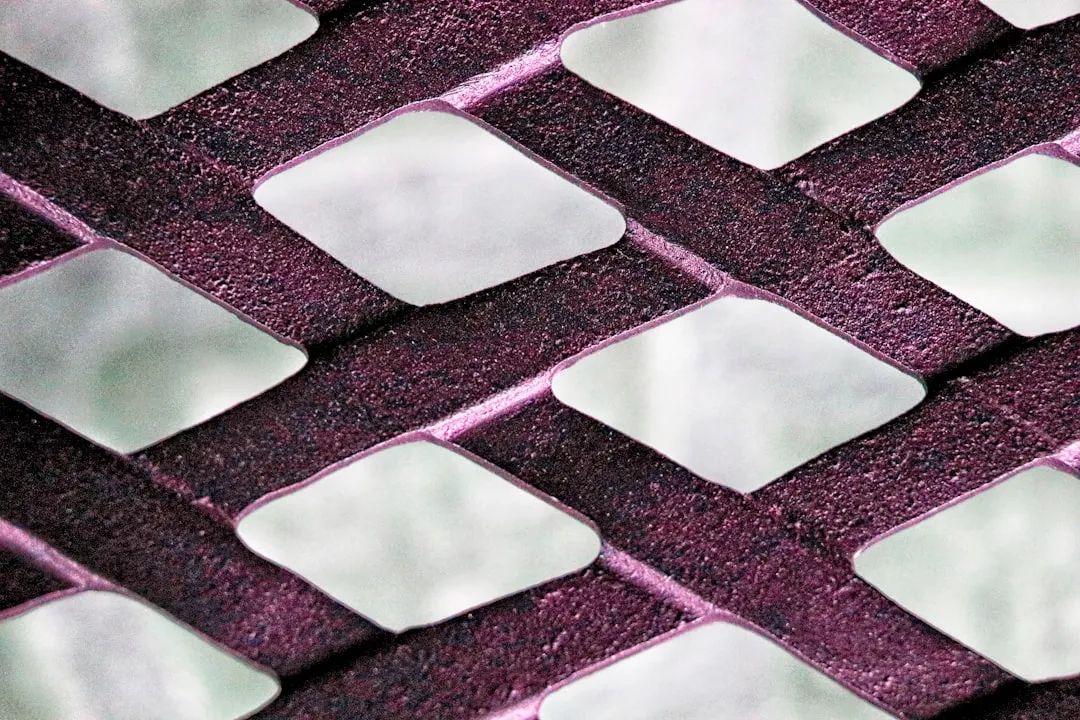
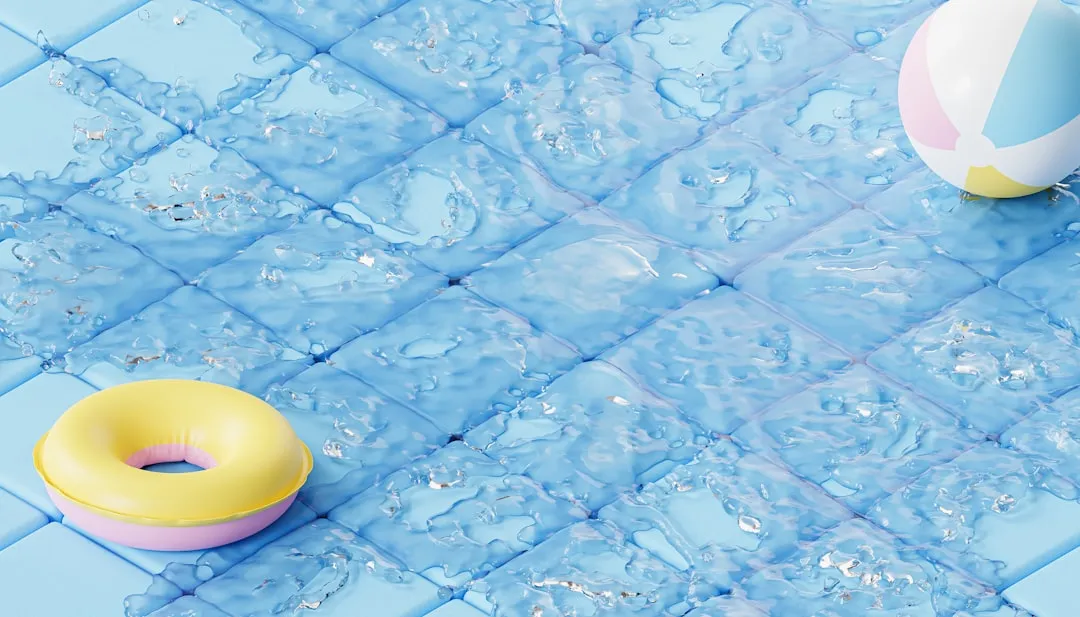




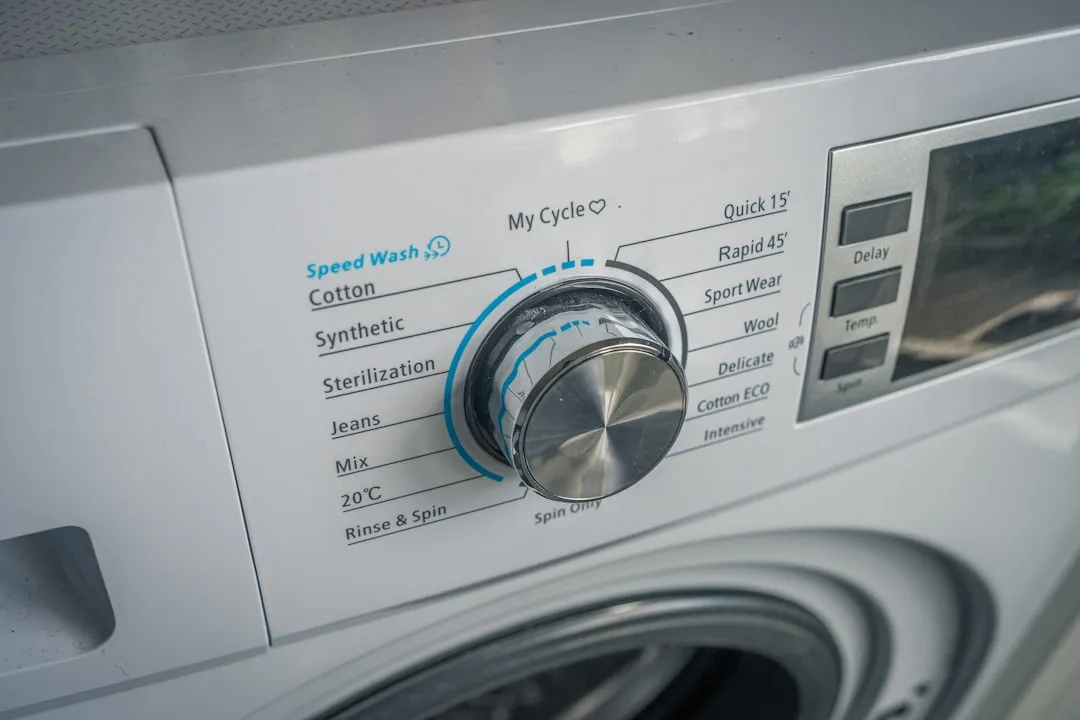

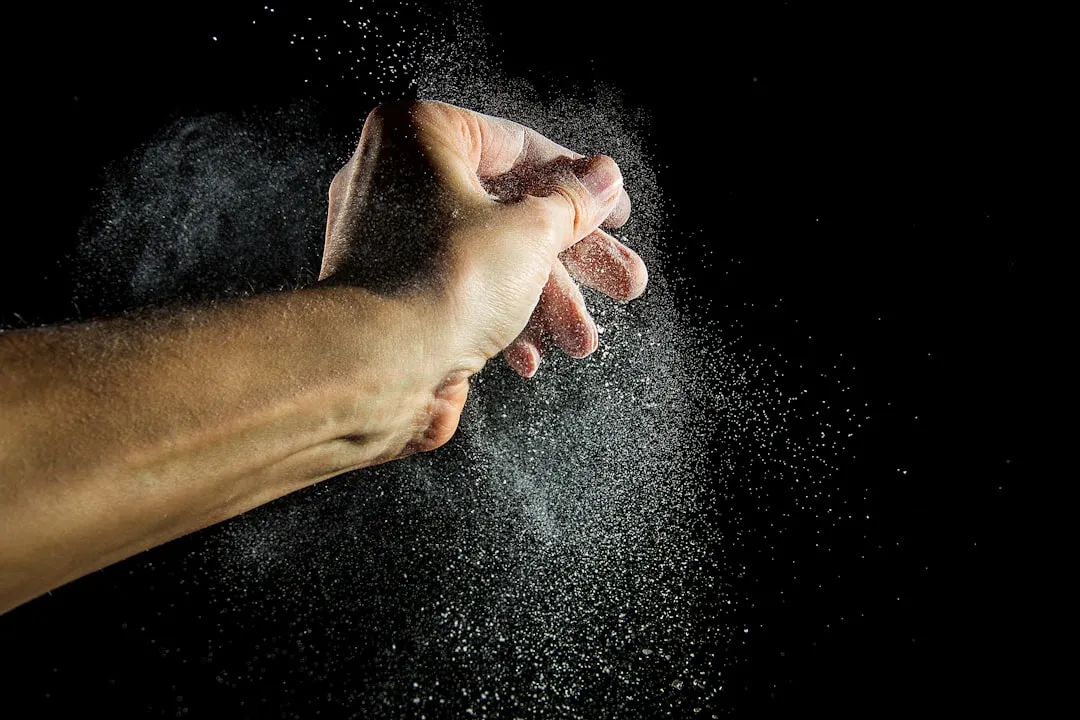
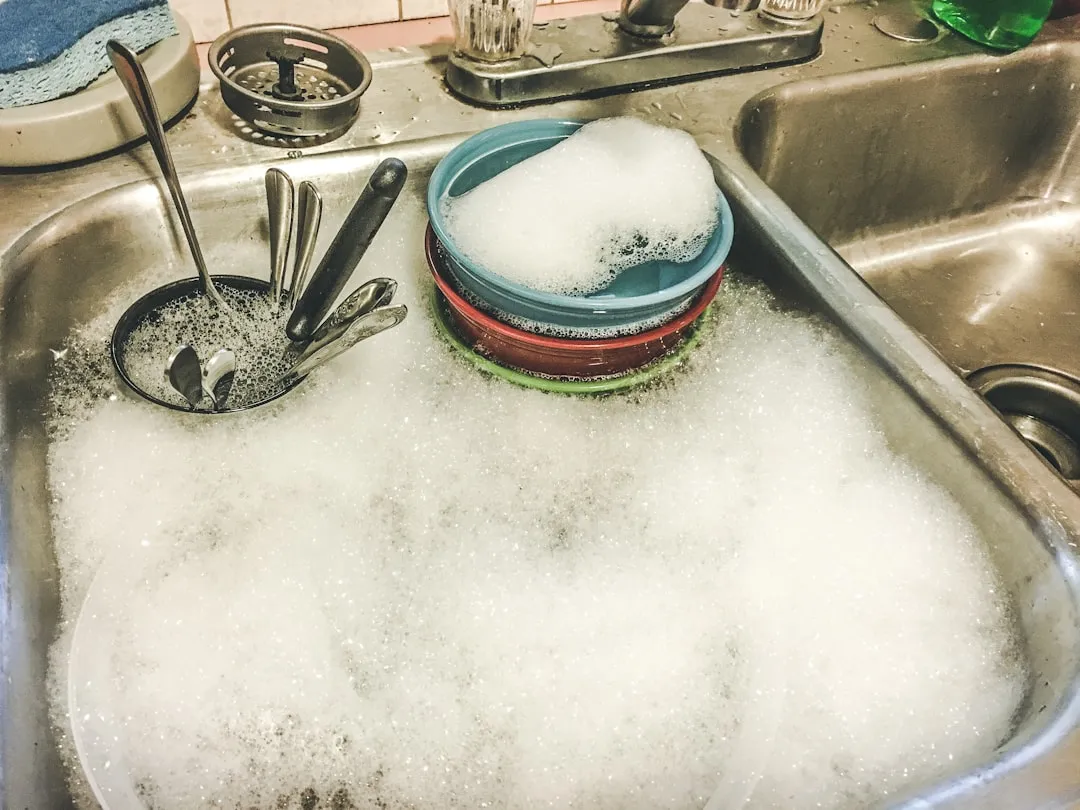

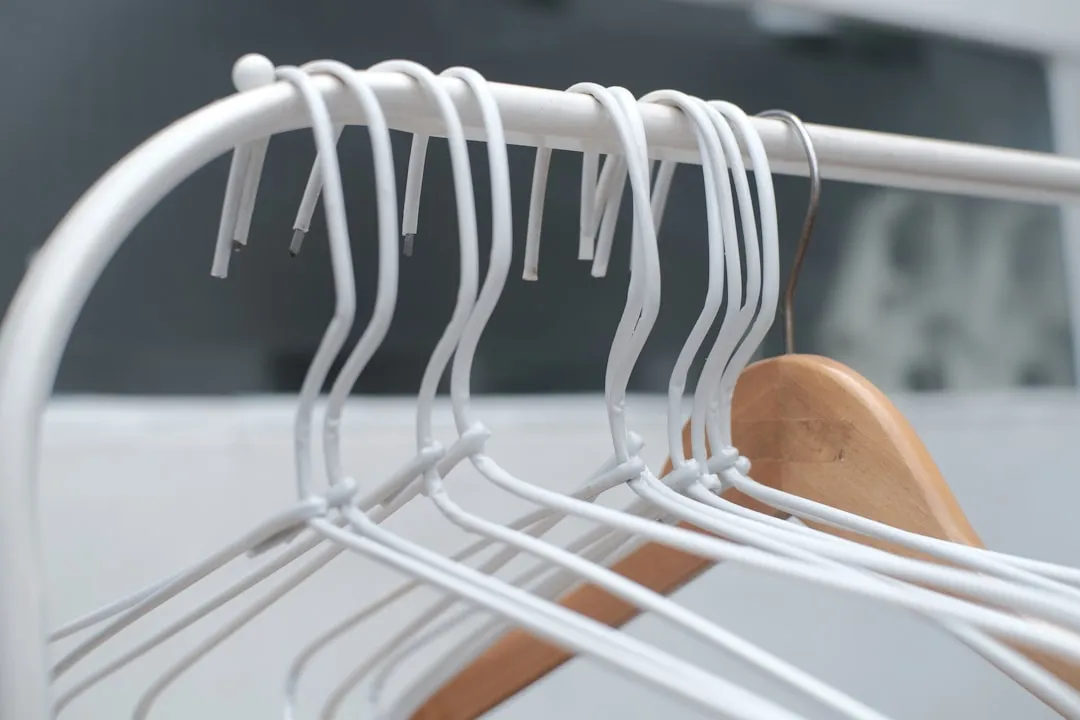

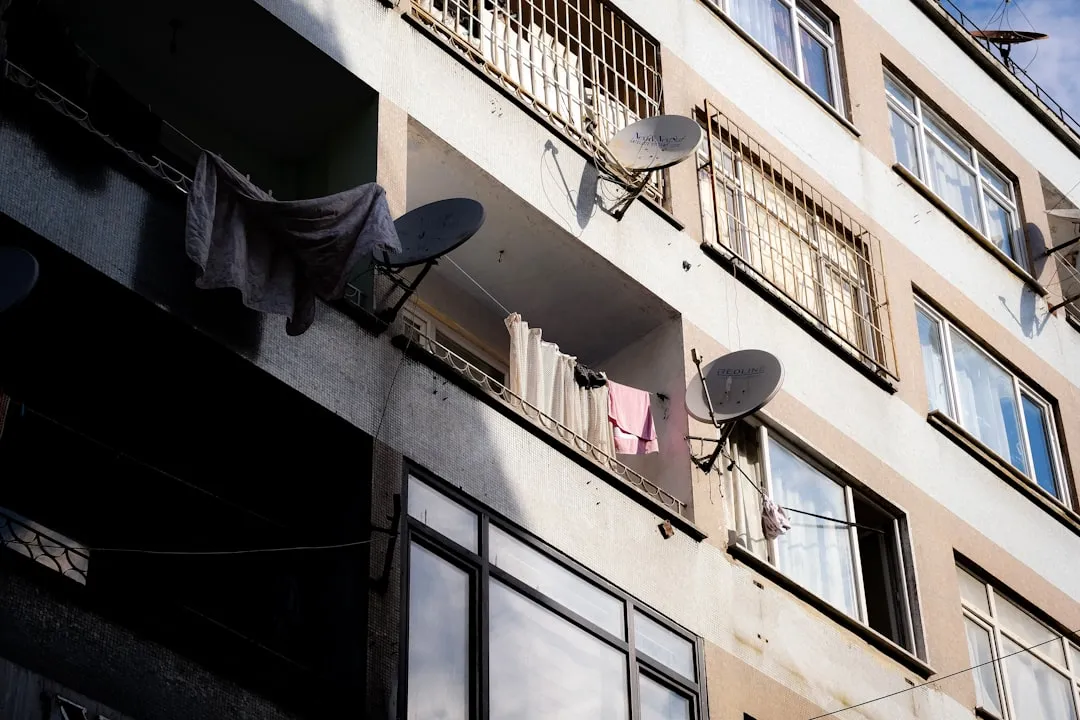

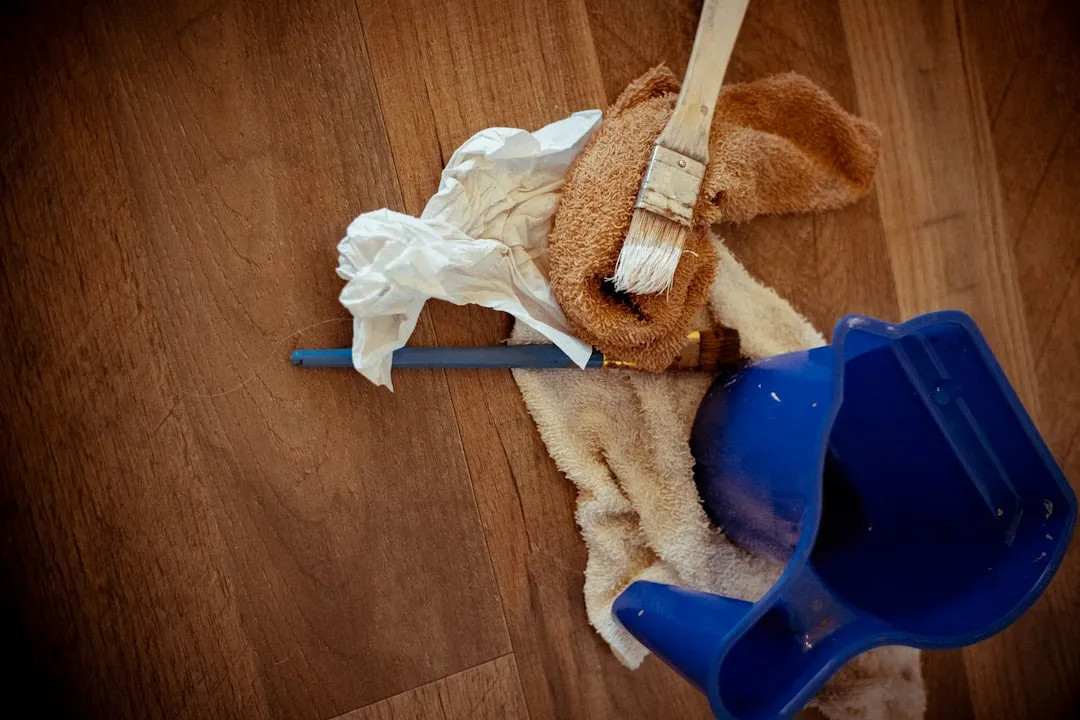
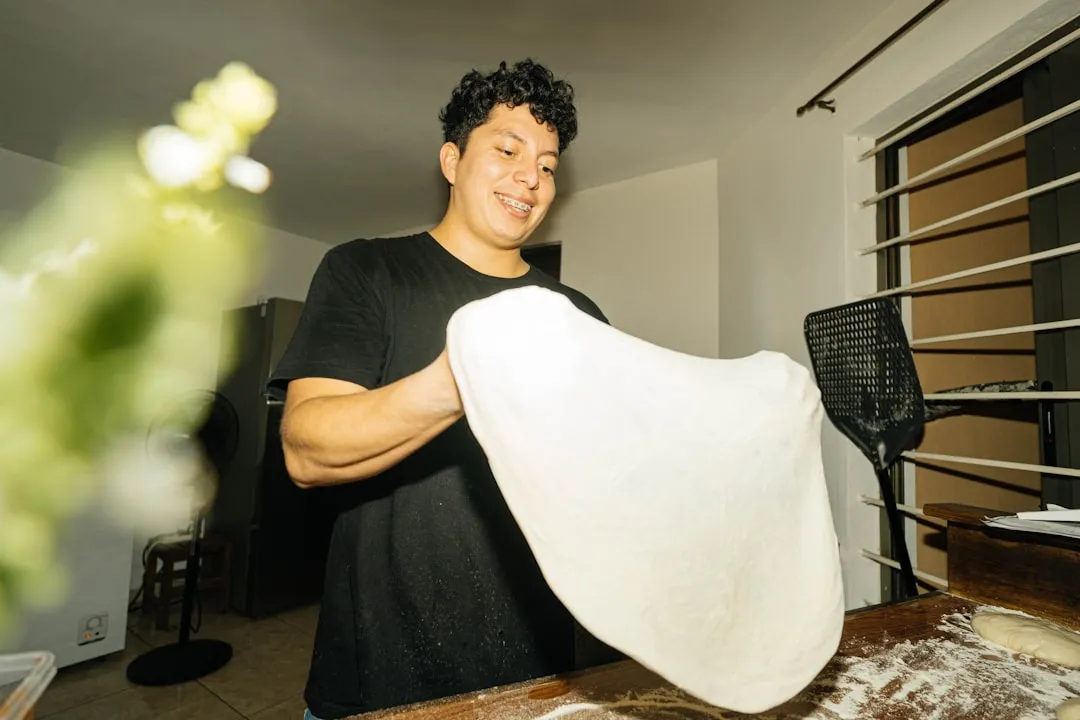
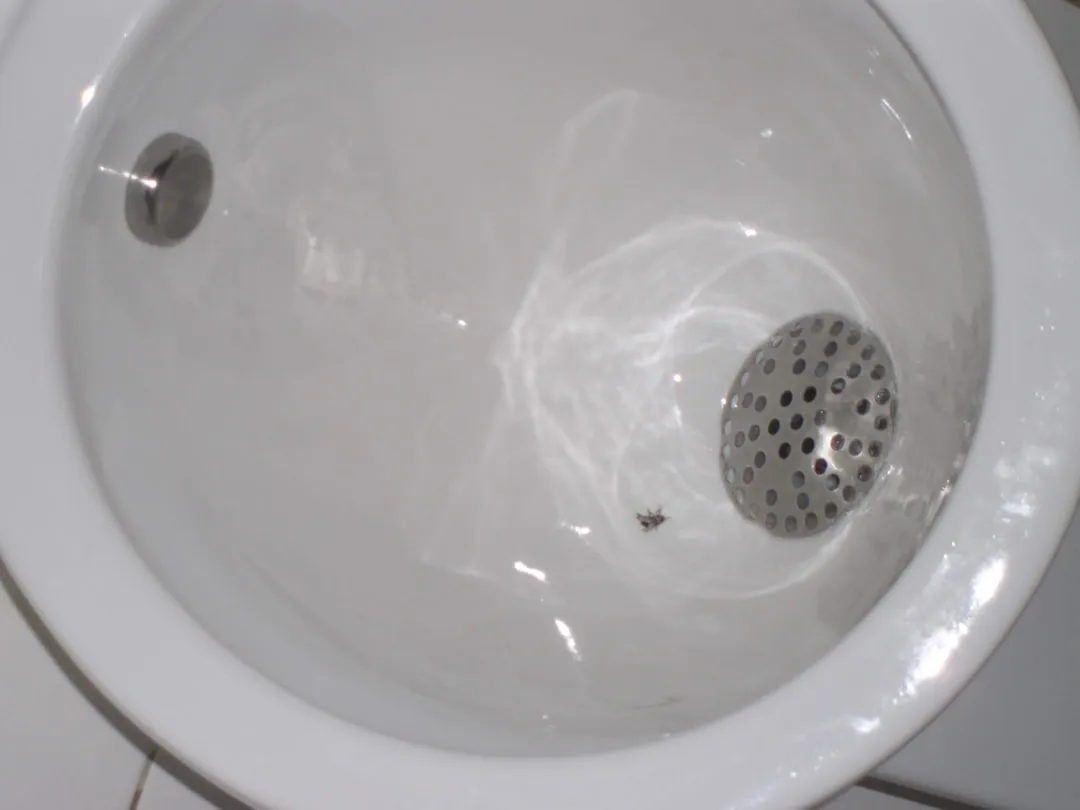
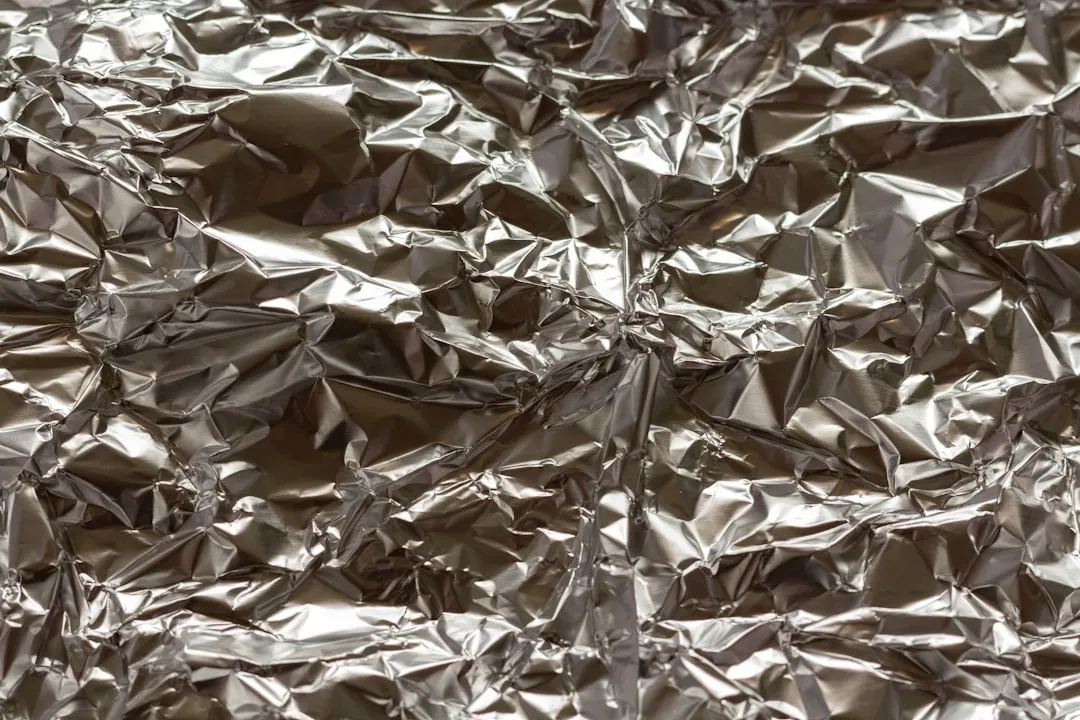
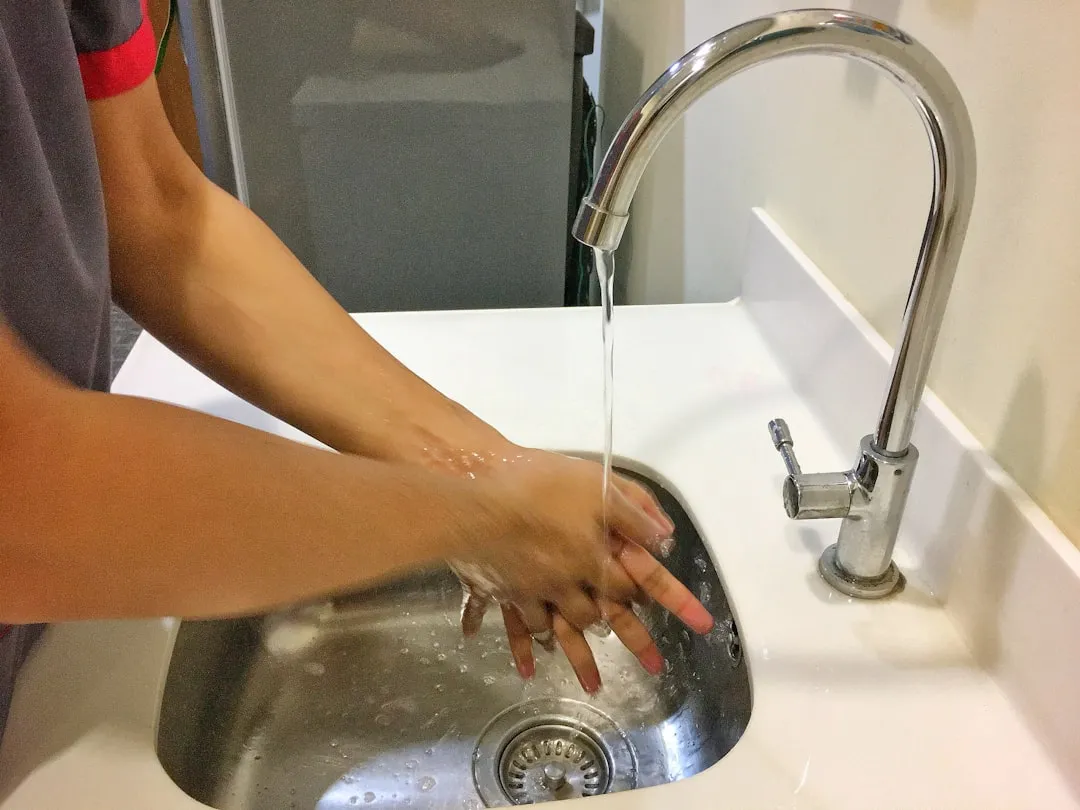
Comments
Be the first, drop a comment!